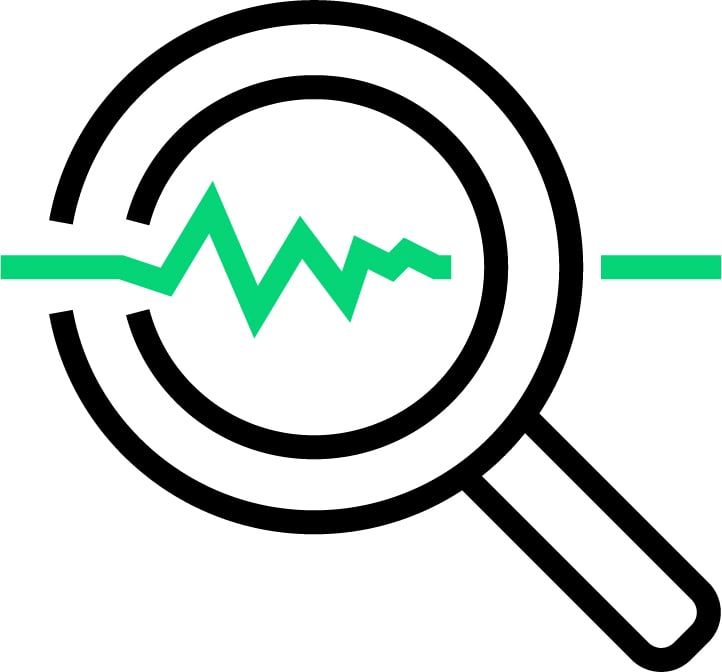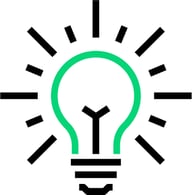At the same time, social media has increased transparency, making even small issues in remote parts of the world potential crisis situations at the corporate level. Issues that before would not make it outside of the local market will now find their way to all your customers in minutes—potentially damaging how those people see you—whether true or not. People now have the power to impact the success or failure of companies like never before with a single post online. All of this means, that having a proactive strategy for Reputation, ESG, Brand and Purpose are new demands, which every company needs to deliver on to be successful—and company executives know this. But they are missing the tools to manage these new risks. And since this value is intangible, it’s hard to manage. So what do you do? The first step is to make it tangible so you can measure it. And from there, get insights to guide your actions.








